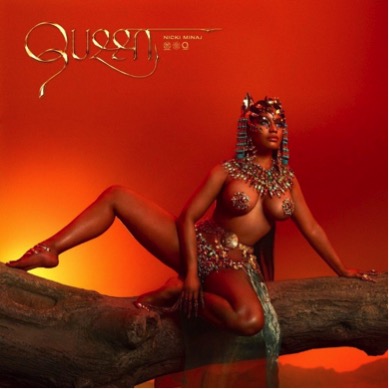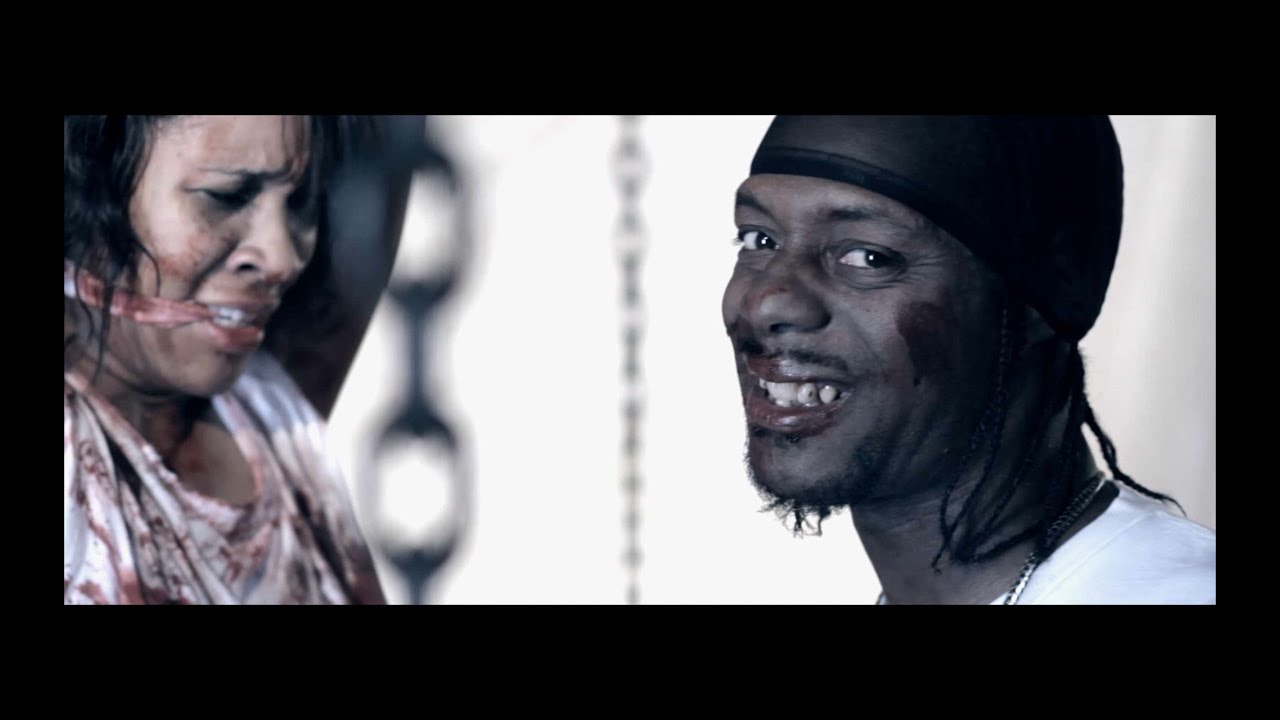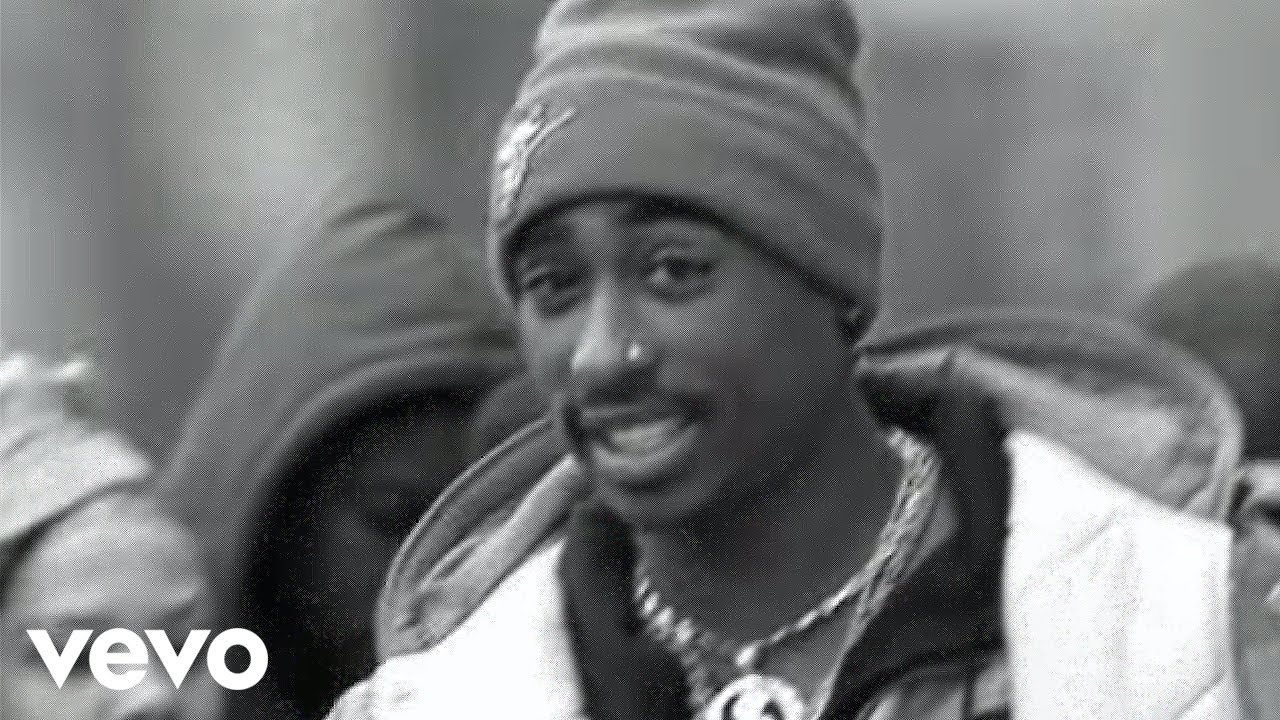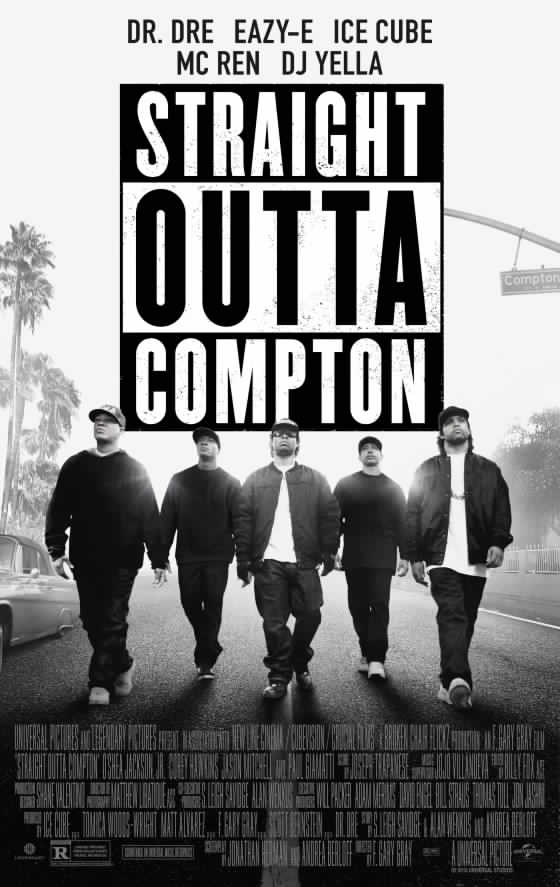
Since the rise of NWA (Niggas with Attitude) in the late 1980’s and 1990’s gangster rap is a very popular genre of rap that seems to dominate the scene. Today we are entering our third generation of gangster rap that seems to be dominated by artist Kendrick Lamar. NWA (first generation) created the genre and educated the public on what really goes on, the early 2000’s rappers such as 50 cent and Tupac (second generation) glorified the gangster life, focusing solely on the drug, sex and money aspect of the lifestyle and now in its third generation, Kendrick seems to be combining both; yet at the same time pointing out that there is no glory, only pain and the best way is to escape the lifestyle. He is able to do this with brutally honest, narrative lyrics.
“m.A.A.d City” off of his album “good kid, m.A.A.d City” is one of his most popular songs but also one of his strongest examples of narrative rap. My favorite aspect is the raw emotion that is felt not only listening to his lyrics, but reading them as well. It is as if you can close your eyes and see the image, feel the pain and the sorrow, and witness the event for yourself. I always have an admiration of of artists with powerful lyrics because of the amount of openness and bravery they have. Their lyrics are like a diary and they are letting everyone read it. That being said, the lyrics are also a real account of what happens so how are they not criminalized? Kendrick raps, “Now this is not a tape recorder saying that he did it, But ever since that day I was looking at him different.” These lyrics clearly state that he knows who murdered his uncle so why will they not stand up as evidence in the court room? The first amendment protects lyrics as a freedom of speech and therefore they cannot be used as evidence. This is a weird concept because if someone were to write in their diary the same exact thing it could be used as evidence, while lyrics which are essentially the same thing cannot. The difference is that often times lyrics are considered to be storytelling. So although they hold some truth often times they are hyperbolized or over exaggerated to entertainment purposes. This addition of the entertainment factor takes away the lyrics authenticity and they cannot be trusted. For example, the line in Kendrick’s song, “If I told you I killed a nigga at sixteen, would you believe me? Or see me to be innocent Kendrick you seen in the street with a basketball.” These lyrics could take two meanings. The literal meaning, that Kendrick could have killed someone or the figurative meaning. That his innocence was murdered at the age of sixteen because of all the violence he witnessed on the streets. Both could be true, one just one of them but it is impossible to tell. That is exactly why the first amendment protects lyrics. If song lyrics were able to be used as evidence it would ruin music. No one would write anything meaningful, it would restrict creativity and silence all artists.
Kendrick’s message is so powerful because he does not glorify the horrifying. His lyrics speak the truth and it is powerful to see someone that loses their innocence at such a young age that is able to determine right from wrong and keep a straight head on his shoulders. It is so each to get wrapped up in a group mentality and join the masses. Even if what the masses are doing is wrong, it’s easier to join and do the wrong than stand up for what is right. The theme for his entire album “good kid, m.A.A.d City” is the loss of innocence and determination of what it right and wrong. It narrates his childhood and all of the bad decisions and mishaps he had as a child. He acknowledges that he struggled to always make the right decisions and tells about all of times he got swept up by the city. He personifies the city as an all powerful force, with wavelike strength to destroy everything in its path and although he escapes it, it will still always have a tiny hold on him and be a part of who he is. The beauty in his lyrics is that he does not hold back. They tell a story, while also highlighting all of the social unjust that occurs on a daily basis that most people do not know about.






